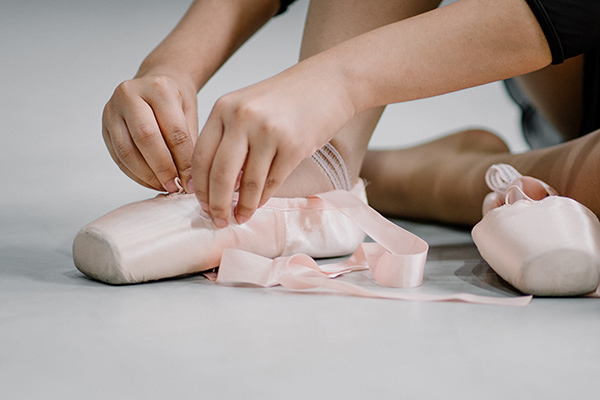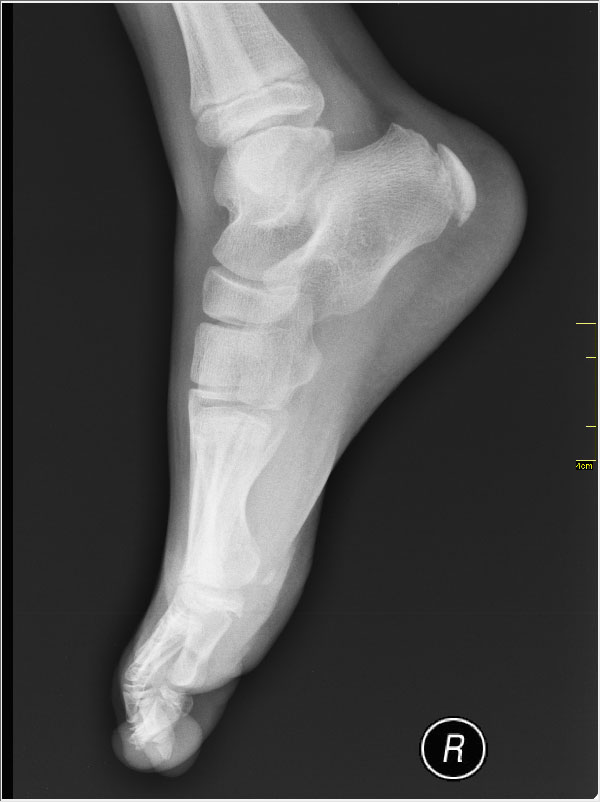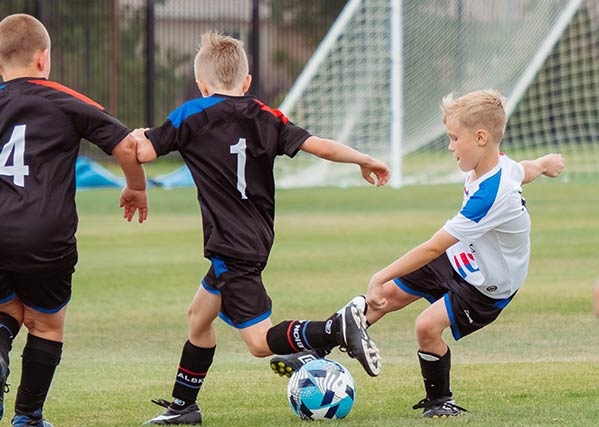My child has Sever’s Disease! What is it and how to treat it

Our October Foot Health month continues and in this latest post, we are going to explore sever’s disease and the best ways to correct it. You can also read a previous post on Sever’s Disease. With Canberra and Gungahlin being such a young and sporty community, the presence of adolescent-related injuries that our physiotherapists see in the clinics is on the rise.
In this article, I’ll cover the following;
- What is Sever’s Disease?
- Signs and Symptoms of Sever’s Disease
- How to Treat Sever’s Disease
- Management of Sever’s Disease
- A Case Study
What is Sever’s Disease?
Sever’s Disease is also known as calcaneal apophysitis. In essence, sever’s is an imbalance between the bones growing too quickly for the surrounding musculature. As the muscles get longer to accommodate this growth in bones, they begin to work as a longer lever, thus working harder. It is a cyclic condition where the impetus on muscles to keep up is often too great, and sites of inflammation around the attachment to the heel bone cause a traction injury.
This continual traction causes tiny segments of bone to pull away, thus leading to painful sites at the back of and/or bottom of the heel. With correct management (and depending on severity), the condition generally takes between 5-9 weeks to resolve. If left untreated, the condition has major implications for later in life. These include potential bone deformity, early pre-disposition to plantar fasciitis or heel spurs.
Signs and Symptoms of Sever’s Disease
Sever’s is often seen in periods of rapid growth spurts. As well as this, children who are very active and play sports that involve running, twisting and jumping are primary risk factors. The peak incidence of this is girls aged 8—11 and boys aged 10-13. Signs and symptoms include a painful heel, toe walking, limping or favouring one side over the other. In almost all cases, the condition is exacerbated by exercise.
Childhood obesity is another contributing factor as the excess weight places further load through the heel. Early risk factors for 5 and 6 year olds are a flat foot arch. Why not have a closer look at your young child next time they are walking. We at Sport and Spinal Physiotherapy place a great deal of emphasis on preventative structures for an optimal outcome.
How to Treat Sever’s Disease
Once you have the diagnosis, it is then important to factor in how to firstly offload it, then to strengthen it. Latest research indicates that footwear is a priority in rectifying the problem. By placing an orthotic wedge over the heel bone in your shoes that is fitted by your physiotherapist or podiatrist, the design of this is to shorten the calf muscle so as not to aggravate the condition.
Majority of foot types with sever’s usually involve a pronated foot where the ankle rolls inwards when walking. This forces the heel to work harder than it needs to in walking. Then when you add in high impact moves such as cutting and jumping, the condition becomes heightened.
Worn footwear is also problematic as the sole of the foot begins to offer less support. Generally, 800-1000 kilometres of running is the shelf life of shoes. After this, they are only good for walking in.
Management of Sever’s Disease
Stretching is of great importance to achieve optimal outcomes in your recovery. Calf, popliteal, quadriceps and gluteal stretching are of primary importance. As well as this, restoring foot arch muscle control helps to take pressure off the Achilles. As the condition usually affects pre-teens, it is of great consideration to strengthen the surrounding musculature.
Core exercises that I usually prescribe AFTER the client has spent 2-3 weeks of stretching is single leg calf raises, single leg squats and then hopping is to follow this. It is critical to hone in on technique with these exercises. A lot of the age demographics aforementioned, in general, perform these 3 exercises poorly.
Two characteristics I find with this population subgroup are a lack of co-ordination and/or a lack of strength. That is why building up these exercises slowly is the cornerstone to a successful recovery. Ruth Howard has written an excellent summary of various exercises you can perform.
A Case Study of Sever’s Disease
I recently had a case came through the clinic where this 13-year-old boy played hockey, rugby, and rugby league. On his non-playing or non-training days, he would go for a 10-kilometre run! This kind of activity, whilst exceptional, lead him to sever’s disease. Over the course of treating this client, we had to modify his regime and let the key stakeholder’s know what appropriate protocol was required (Parents, teachers, coaches).
After initially treating it with R.I.C.E, anti-inflammatories and stretching, we quickly progressed to strengthening key muscle groups. Furthermore, biomechanics of his running technique were analysed to enable us to work on areas that were getting over-stressed.
This approach proved to be a very successful outcome, and the youngster is now working hard in the off-season with a tailored made program by myself to ready himself for the 2016 season. In essence, this is what we strive for- getting the condition under control and then work towards reducing the risk of re-occurrence.
Whilst Sever’s can be a particularly challenging and painful injury to overcome, the rate of recovery is extremely high. By looking at the whole picture- foot type, footwear, biomechanics, aggravating factors, flare-up management program, adding an orthotic or wedge, stretching and strengthening regime- kids can get back to their respective sports quicker and healthier.
Generally we do not recommend you get a scan if you think your child has sever’s, our physiotherapists and podiatrist can arrange everything you need. Enjoy the off-season to your winter sports and stay active over the course of the summer.



My 6 year old daughter was diagnosed with Severs this past winter. It’s gotten much better but she still has foot pain every day and it has limited ger activities (ie, she is dropping camp because its just too much walking). And its not a dport camp, just a summer camp. My question is about timing. Since she stsrted Severs at an early age, is it likely she will end ( or stop growing) early? Dont want to wish away her childhood but want her foot pain to be in the rearview mirror. Thanks.
Hi Tracy,
Not all is lost with your daughter! Being only 6, there is still a lot of time on her side for her to be completely relieved of the condition. By following my protocol and modifying her activities, I see no reason why she cannot return to camp in the future. My advice would be to keep working with your physical therapist, ensure an appropriate flare up management plan is in place and check that her footwear is appropriate for her activity. As always, if you have any further questions, please feel free to contact us via the blog link below.
Kind regards,
Jim